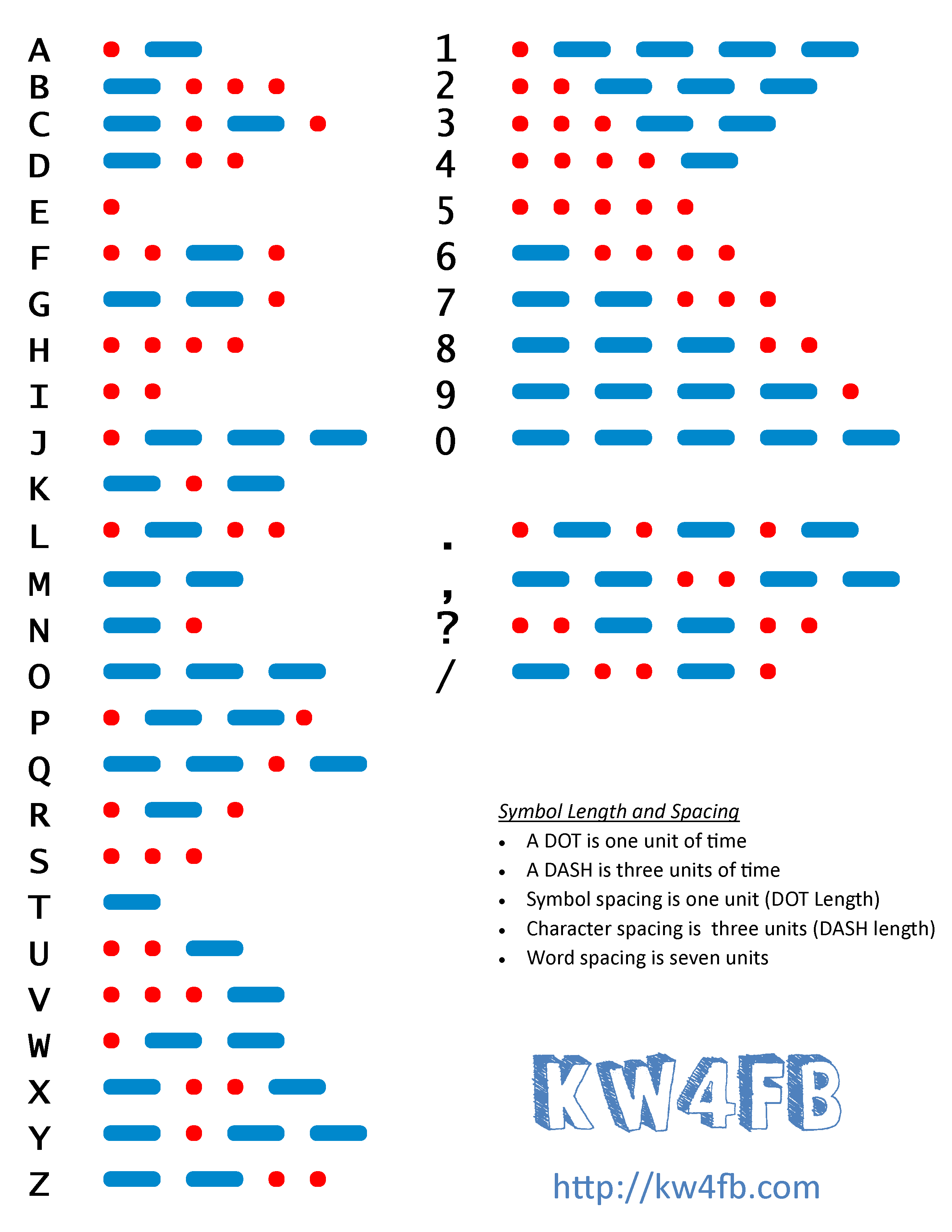

John Morton (Chapters 9, 10, Appendices D, E, F, G, H, I) is the author of The PIC Microcontroller.

He was formerly a lecturer at South Bank University and Head of Department of Computer Engineering at Near East University, Cyprus. He works for the Transport for London in UK. Dogan Ibrahim (Chapters 1, 14) is the author of PICBasic Projects. He writes a monthly column on the PIC microcontroller for “Nuts and Volts” magazine. He is founder and president of Elproducts, Inc., a firm specializing in devices and project kits based on the PIC microcontroller. Chuck Hellebuyck (Chapters 15, 16, 17) is the author of Programming PIC Microcontrollers using PIC Basic. Since 2005, he has been in charge of the Application Segment Group, a crossdivisional team of engineers that develops and promotes Microchip’s solutions across a wide range of application segments, including: utility metering, intelligent power conversion, motor control and lighting applications. He joined Microchip Technology in 1995 as a Field Application Engineer. Lucio Di Jasio (Chapters 24, 25, 26, 27, 28, 29) is the author of Programming 16-bit Microcontrollers in C. His interests include microcontroller applications and embedded system design. He is currently lecturing on electronics and electrical engineering at Hastings College, UK. Bates (Chapters 6, 7, 8, Appendices C, J) is the author of PIC Microcontrollers, 2E. PIC 16F84A DatasheetĪbout the Authors Martin P. Taking a Look under the Hood AppendicesAppendix A. Programming PIC Microcontrollers using CChapter 24. Digital Temperature Sensors and Real-Time Clocks Chapter 23. MBasic Compiler and Development Boards Chapter 19. Programming PIC Microcontrollers using MBasicChapter 18. PicBasic and PicBasic Pro Programming Chapter 15. Programming PIC Microcontrollers using PicBasicChapter 14. Intermediate Operations using the PIC 12F675 Chapter 11.
#Picbasic pro morse decoder series
The PIC 1250x Series (8-pin PIC microcontrollers) Chapter 10. More PIC Applications and Devices Chapter 9. Further Programming Techniques Chapter 7. Starting to Program?An Introduction to Assembler Chapter 5. Programming PIC Microcontrollers using Assembly LanguageChapter 4. Parallel Ports, Power Supply and the Clock Oscillator Section II. Introducing the PIC 16 Series and the 16F84A Chapter 3. The PIC Microcontroller Family Chapter 2. An Introduction to PIC MicrocontrollersChapter 1.


The Newnes Know It All Series presentation of theory, hard fact, and project-based direction will be a continual aid in helping the engineer to innovate in the workplace. He/she will also be able to work through real-life problems via the projects contained in the book. The average embedded engineer working with this microcontroller will be able to have any question answered by this compilation. There is also a very strong project basis to this learning. This material ranges from the basics to more advanced topics. PIC design and development a natural fit for this reference series as it is one of the most popular microcontrollers in the world and we have several superbly authored books on the subject. The Newnes Know It All Series takes the best of what our authors have written over the past few years and creates a one-stop reference for engineers involved in markets from communications to embedded systems and everywhere in between.


 0 kommentar(er)
0 kommentar(er)
